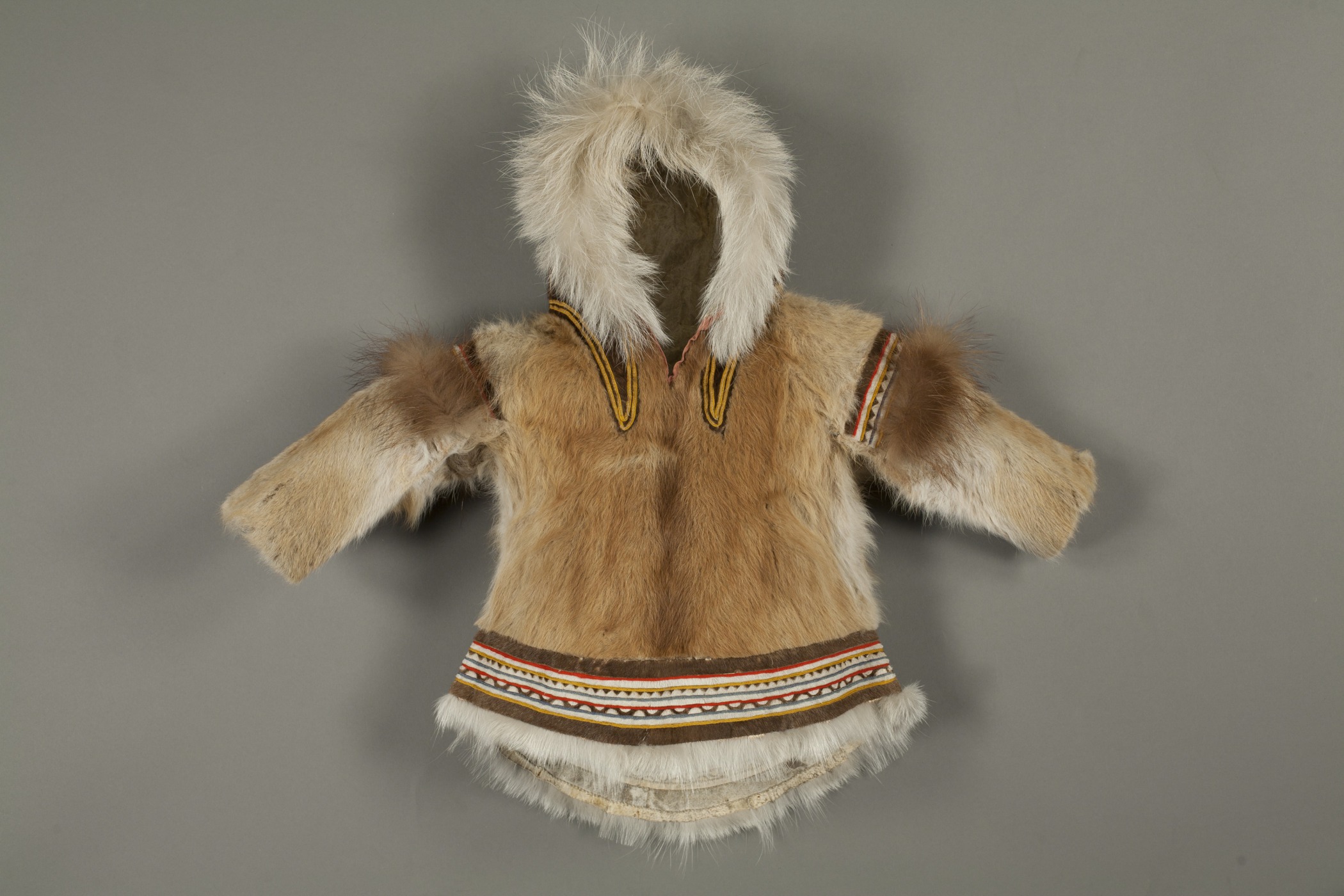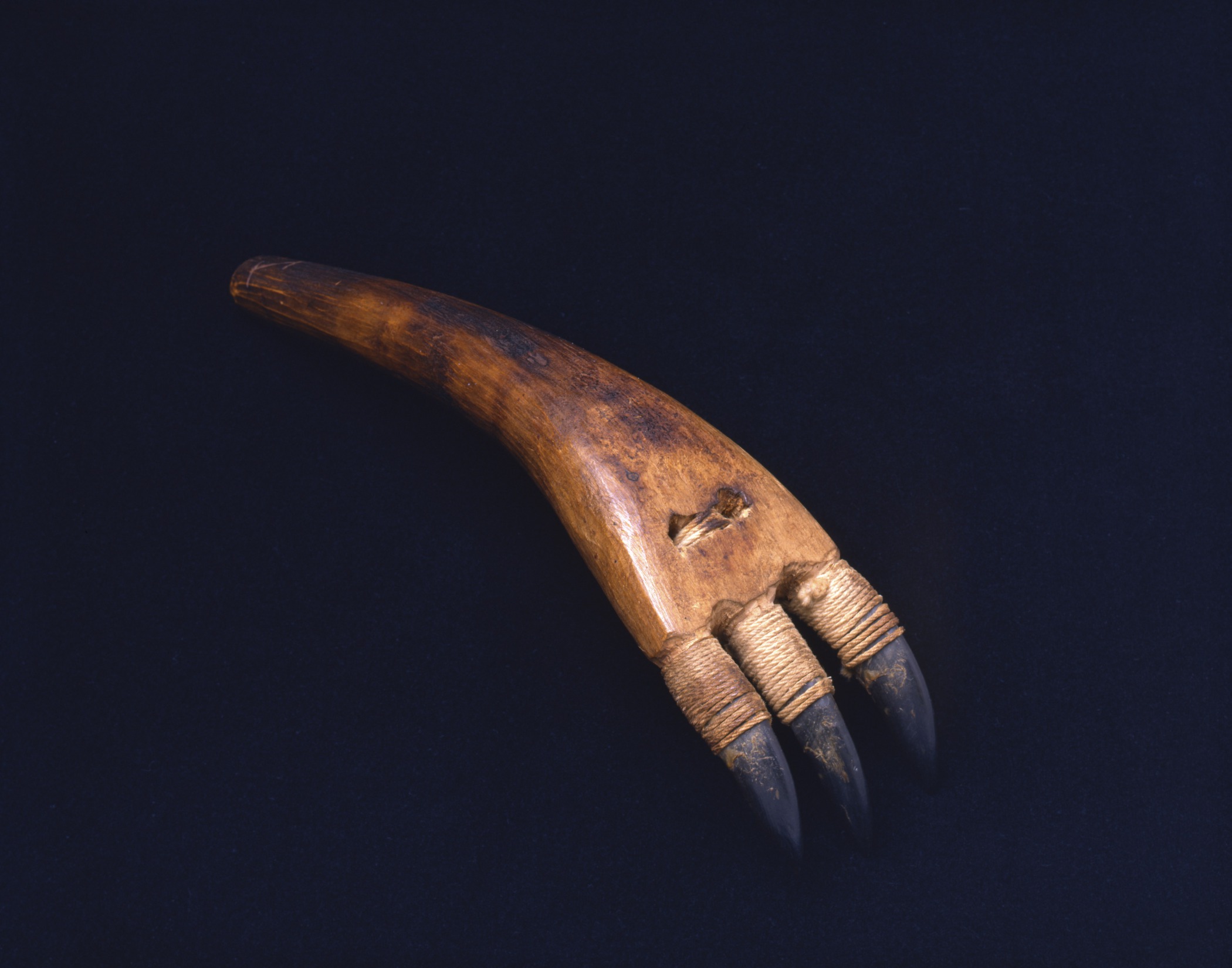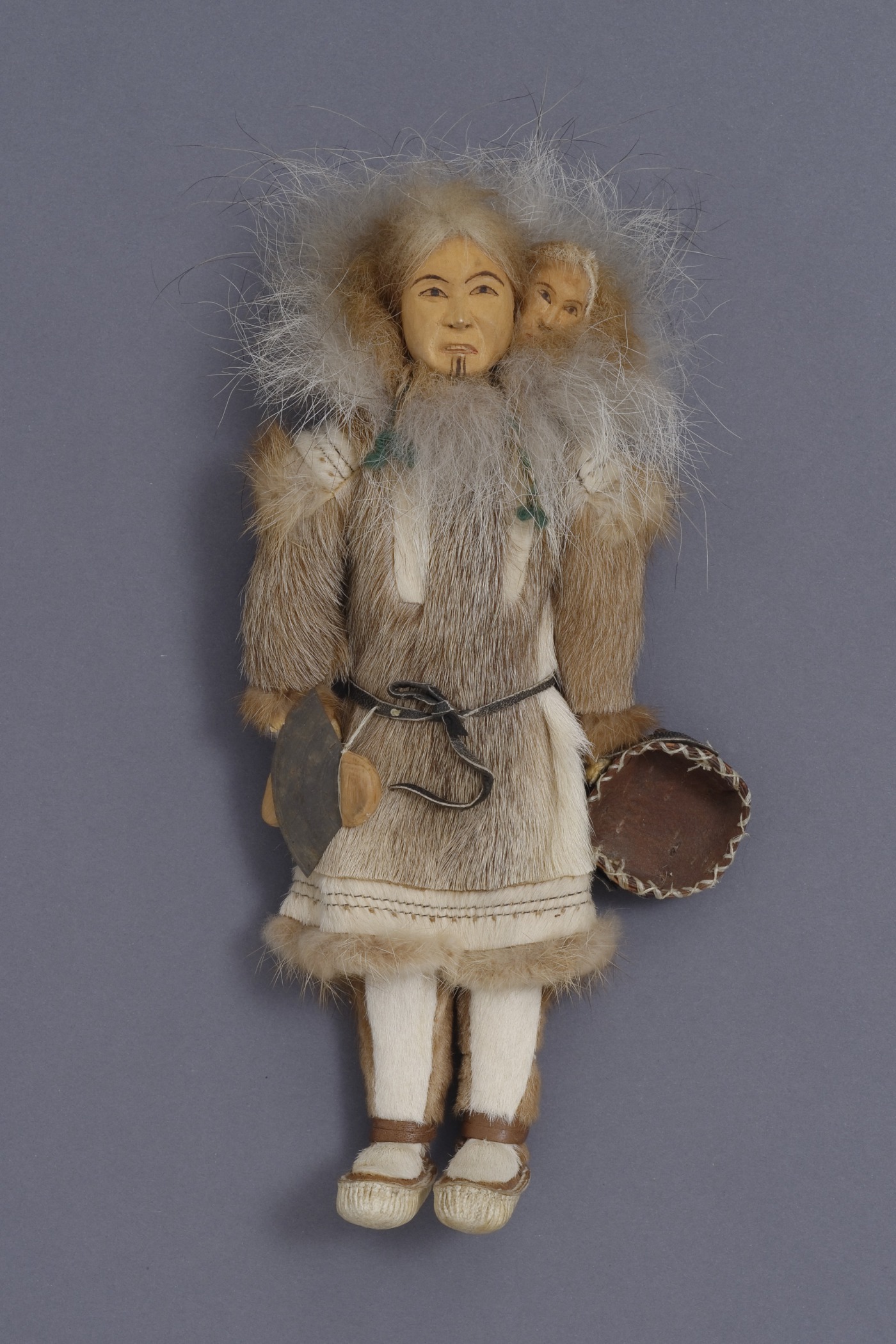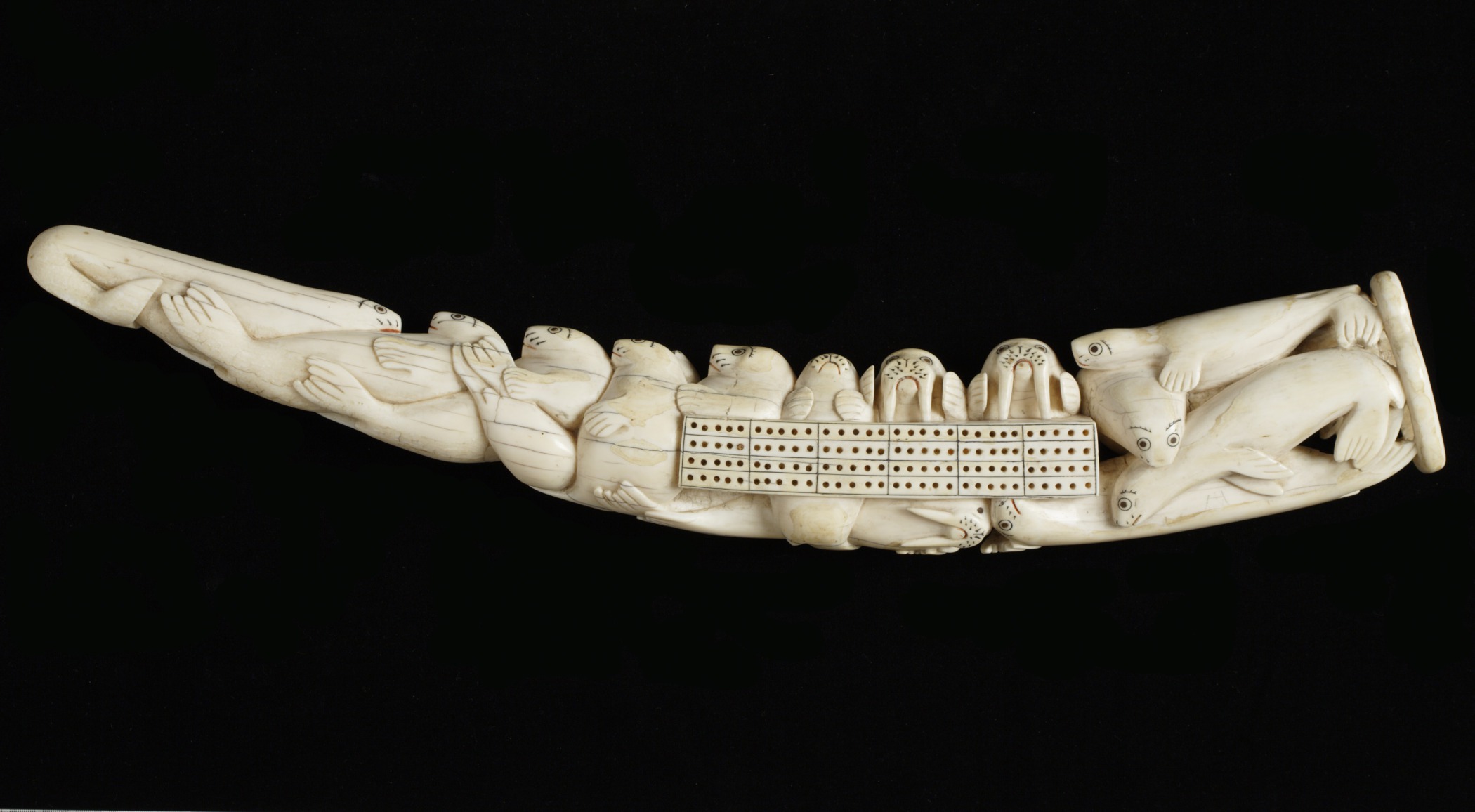Survival in the Arctic required a profound understanding of the natural world. Arctic cultures developed ingenious and complex technologies for every aspect of life in one of the coldest regions on earth. Indigenous communities practiced a semi-nomadic lifestyle, following animals on their migratory routes. Hunting, fishing, and herding provided the main sources of food as well as the material for clothing, tools, and shelter. The Arctic climate and soil do not allow for any type of agriculture, but in spring and summer, inhabitants gathered and preserved foods like berries and seaweed.
Today, many indigenous people live in cities, towns, and settlements, and buy food in grocery stores and markets. But many also choose to practice traditional lifeways by continuing to hunt, fish, and gather as their elders did. Food sustainability remains a serious issue in the Arctic. Food shipped from the south is very expensive. Preserved food is easier and cheaper to ship, so healthier food like fresh produce is more difficult to access. Hunting and gathering “country food,” or traditional Inuit food, is often cheaper and healthier than purchasing store-bought food, but it is more challenging.
Practicing a subsistence lifestyle in the Arctic not only puts food on the table, but also affirms identity, maintains cultural knowledge, and connects people to the land and their ancestors. The following objects provide examples of traditional indigenous craftsmanship and insight into daily life and belief systems related to gathering food.











